A Passage to India
Namasté!
In the summer of 1993, after completing our undergraduate degrees, my friends and I took a trip to India for the entire month of August.
As part of our preparation, we called the Indian Embassy to inquire about any precautionary measures we needed to take. Specifically, we asked if any special vaccinations were required. To our astonishment, the reply was: "Why, are you bringing any disease to our country?!"
So, the only measure we decided to follow was malaria prophylaxis with quinine.
Nevertheless, in the first couple of days after arriving in India, we did take some precautions, such as avoiding non-bottled water and washing our hands with betadine before eating. However, in the first restaurant we visited, despite meticulously washing our hands, we were served some sort of lentil paste by a waiter using his hands to serve the food!!! (Okay, it was not exactly a first-class restaurant.)
After that, we decided to stop worrying, and by the end of the trip, we were eating ice cream, freshly made pineapple juice, vegetables, and getting bitten by mosquitoes. We didn't swim in any lakes, but some of the water we used to wash ourselves (sometimes delivered in buckets by the shabby bed-and-breakfast places where we slept) didn't look much better.
 |
Cities we visited |
As soon as we stepped off the plane in New Delhi and the doors opened to the outside, it was like being hit by the shockwave of a powerful bomb. The humidity, the odors, and the colors were an order of magnitude more intense than what we had experienced in Europe. Indeed, the entire adventure in India would be under that tone.
The first thing we did was buy an India Rail pass, equivalent to our InterRail. The Indian railways are the largest in the world, with a vast network.
We took the train to Jaipur and had the opportunity to travel on top of the train with hundreds of daily commuters from the outskirts of Delhi, who traveled without paying the fare. They were very curious and attempted to communicate with us. We found that even though English is one of the official languages (alongside Hindi), many people, especially in the countryside, do not speak it. In fact, many people in India do not share a common language. It is a very large and diverse country.
Another thing we noticed immediately was people staring intensely at us. We tried to avoid big cities and got to experience a bit of rural India where, in 1993, people like us were not a common sight.
Since we traveled without any hotel bookings, our method was to look for a bed-and-breakfast as soon as we got off the train. In reality, there was no need to search; options came to us in the form of various locals trying to convince us to stay where they received a commission. These were always very cheap places with only the most basic conditions.
Another very noticeable aspect of India is the sheer number of people, everywhere. I had never seen anything quite like it. It can be overwhelming.
In Jaipur, we went shopping for semi-precious jewels. When it comes to haggling, Indian businessmen have no match. They are fierce negotiators.
 |
Jaipur, the pink city, Jaigarh Fort |
Jaipur and Udaipur are two iconic cities in the Indian state of Rajasthan, each known for their unique cultural and historical significance.
Jaipur
Jaipur, often called the "Pink City" because of its distinctly colored buildings, is famous for:
- Historic Architecture: The city is renowned for its rich architectural history, including majestic forts, palaces, and temples. Notable structures include the Hawa Mahal (Palace of Winds), Amber Fort, and City Palace.
- Vibrant Markets: Jaipur is a shopping haven, especially for those interested in handicrafts, jewelry (particularly gems), textiles, and pottery. The markets of Bapu Bazaar and Johari Bazaar are popular spots.
- Festivals: The city celebrates various festivals with great zeal, including the Elephant Festival and the Kite Festival.
- Cuisine: Jaipur offers a rich array of Rajasthani cuisine, featuring dishes like Dal Baati Churma and Ghewar.
 |
Udaipur |
Udaipur
Udaipur is known as the "City of Lakes" and is famous for:
- Scenic Lakes: It houses several beautiful lakes, including Lake Pichola and Fateh Sagar Lake, making it a romantic destination with enchanting water views and boat rides.
- Palaces and Heritage Buildings: Udaipur is home to the magnificent City Palace, which towers over Lake Pichola, and other historical buildings like the Lake Palace and Jag Mandir, showcasing Rajputana grandeur and architecture.
- Arts and Crafts: The city is a center for performing arts, crafts, and paintings, including miniature paintings.
- Natural Beauty: Surrounded by the Aravalli Hills, Udaipur has a natural charm that is amplified by its well-maintained gardens like Saheliyon-ki-Bari.
Both cities also offer unique experiences in terms of traditional Rajasthani hospitality and are key stops in the tourist circuit known as the Golden Triangle, alongside Delhi and Agra.
After Rajasthan, we decided to go to Goa. On our very first train trip, one of us became feverish, and since there was a very aggressive cholera epidemic sweeping through India, he became very afraid. Those first few days in India were quite a shock, so we were looking for an oasis of calm, which we found in Goa.
But that was a pretty long trip. I remember quite vividly the enormous slums that we went through as we approached Mumbai—miles and miles of the most derelict slums I had ever seen in my life, with open sewers and squalid shacks.
Goa was indeed an oasis. We stayed there for a few days, resting and recovering our nerves. We found that the older people still spoke Portuguese but with a rather old accent. We even found a restaurant where the owner sang fado (well, kind of...).
Goa, the smallest state in India by area and located on the west coast, is famous for a variety of attractions that make it one of the most popular tourist destinations in the country:
Beaches
- Calangute: Known as the "Queen of Beaches," Calangute is famous for its golden sands and bustling atmosphere, appealing to both domestic and international tourists.
- Anjuna Beach: Famous for its trance parties during the tourist season and its weekly flea market.
- Palolem: Known for its scenic beauty and relatively quieter environment, this crescent-shaped beach attracts those seeking a more serene beach experience.
Heritage and Culture
- Portuguese Influence: Goa was a Portuguese colony for over 450 years, and the influence is evident in its architecture, including churches, homes, and forts. Notable examples include the Basilica of Bom Jesus, which houses the remains of St. Francis Xavier, and the Aguada Fort.
- Goan Cuisine: Known for its distinctive use of spices and flavors, Goan food is a blend of Portuguese and local Indian influences, featuring dishes like seafood curries, vindaloo, and the famous Goan fish curry.
These diverse offerings make Goa a versatile destination that caters to a wide range of interests, from relaxation and culture to adventure and entertainment.
But we couldn't stay all the time in Goa. So we decided to proceed to Mysore in Karnataka. Mysore is famous for the Royal Palace and the Hindu Temples, which are quite a sight.
After that, we decided it would be best to split in groups of two, in order to decrease the level of stress.
Some of us went to Varanasi, others to Delhi, and my girlfriend Lena and I went southeast to Kodaikanal in Tamil Nadu.
Kodaikanal, often referred to as "Kodai," is a popular hill station in the state of Tamil Nadu, India, known for its picturesque natural beauty and cool climate. Here are some of the key attractions and features that Kodaikanal is known for:
Kodaikanal Lake: This man-made lake is at the heart of Kodai, offering boating facilities and scenic walks along its perimeter. It's a central spot for tourists and a great place for photography.
Pillar Rocks: These are a set of three giant rock pillars that stand 400 feet high and provide a stunning view of the surrounding landscape. They are a popular spot for both sightseers and photographers.
Coaker’s Walk: A pedestrian path built along the edge of the mountain; it offers panoramic views of the plains below. This walk is particularly enchanting during the early morning or late afternoon.
Bryant Park: A beautifully maintained botanical garden, located near Kodaikanal Lake. It is known for its flower shows, particularly the annual horticultural show held in May.
Waterfalls: Kodai is home to several beautiful waterfalls like Bear Shola Falls, Silver Cascade, and Fairy Falls, which are especially full and picturesque following the monsoon rains.
Kurinji Andavar Temple: Dedicated to Lord Murugan, this temple is famous for the rare Kurinji flower, which blooms once every 12 years, blanketing the nearby hills in blue.
Astrophysics Observatory: Founded in 1899, the Kodaikanal Solar Observatory is one of the oldest observatories in the world and is known for its solar and astronomical research.
Eco-tourism and Adventure Activities: Trekking, cycling, and horse riding are popular activities, thanks to the numerous trails that crisscross the area, offering ample opportunities to explore the surrounding mountains and forests.
The combination of natural beauty, serene atmosphere, and the cool climate makes Kodaikanal a favored destination for tourists looking to escape the heat of the plains.
We had to take a train to Karnataka and then a bus up the mountain to Kodaikanal. The bus trip was a unique experience.
Boarding the bus was an adventure in itself, as the locals essentially fought their way onto it, pushing each other vigorously. Once inside, all the men were seated while women, some carrying small babies, stood.
Upon arriving at the bed-and-breakfast, I was feeling feverish. The receptionist asked if we preferred a room with or without a bath. I chose the former. It was only later that I realized the 'bath' was a large bucket filled with orange water, resembling something from a Western movie.
Kodaikanal boasts a sizable Christian community.
The Christian presence in Kodaikanal dates back to the mid-19th century when American and British missionaries established the town as a refuge from the intense heat of the Indian plains. These missionaries played a crucial role in establishing many of the town's initial infrastructure, including schools, churches, and hospitals.
In the middle of the night, we were awakened by loud bangs on the door: "The god is coming! The god is coming!" I tried to ignore it, but they were very insistent.
Eventually, we got up and went downstairs to see 'The god'. It was worth it: a magnificent sight of the most colorful palanquin carrying the Virgin Mary in the Indian style, adorned with electric lights and flowers.
Next stop: Mahabalipuram on the East coast.
Mahabalipuram, also known as Mamallapuram, is a historic town on the Coromandel Coast of the Bay of Bengal, in the southern Indian state of Tamil Nadu. It is renowned for its rich cultural heritage and architectural marvels, which date back to the 7th and 8th centuries. Here are some of the key attractions and aspects Mahabalipuram is famous for:
UNESCO World Heritage Sites
- Shore Temple: This iconic temple complex, perched on the edge of the sea, is one of the oldest structural stone temples of South India. It represents the final phase of Pallava art and is famous for its beautiful bas-reliefs, sculptures, and architectural design.
- Pancha Rathas: These are monolithic rock-cut temples, each carved from a single large piece of stone. They are named after the Pandavas and Draupadi from the Indian epic Mahabharata. Each 'ratha' (chariot) is intricately designed and dedicated to a specific deity.
Rock Carvings and Sculptures
- Arjuna's Penance: This is a massive open-air rock relief that depicts a scene from the Mahabharata, where Arjuna performs severe austerities to obtain Lord Shiva’s weapon. It is one of the largest rock sculptures in the world.
- Krishna’s Butter Ball: A gigantic granite boulder resting on a short incline. Its precarious positioning is intriguing as it seems to defy gravity.
Beaches and Natural Beauty
- Mahabalipuram Beach: Known for its golden sands and historical backdrop, it is popular among tourists for relaxing and sunbathing. The beach also hosts India’s largest open-air rock relief.
- Cave Temples: These are sanctuaries or temples, often carved into the mountainside, using the natural contours of the rocks. They feature detailed religious sculptures and are a testament to the craftsmanship of the Pallava artisans.
Art and Culture
- Sculpture and Stone Carving: Mahabalipuram is a hub for sculptors. The town is filled with workshops where artisans carve granite idols and statues, continuing a tradition that has been passed down for centuries.
Festivals
- Mahabalipuram Dance Festival: Held annually during January-February, this festival showcases classical dance forms of India, including Bharatanatyam, Kuchipudi, Kathak, and Odissi. The performances are set against the backdrop of the Pallava rock sculptures, adding a magical aura to the event.
Mahabalipuram’s architectural grandeur and its historical significance make it a captivating destination for historians, art lovers, and tourists alike
The rock carvings by the beach were truly remarkable.
In a local restaurant, we ordered fish. Even then, we had to negotiate the meal's price. In India, everything involved constant negotiation and haggling.
Throughout the trip, we consumed minimal animal protein. Typically, restaurant meals featured more vegetables than meat. This reflects the fact that India, where most people are vegetarians, has two main religions prohibiting the consumption of meat from respectively two animals: the Filthy Pig in Islam's case and the Sacred Cow for Hindus.
Subsequently, we headed north to Agra, our final stop before catching the plane back to New Delhi.
P.S.
"A Passage to India" is a novel written by E.M. Forster and first published in 1924. It explores the complex and often strained relationships between the British colonial authorities and the Indian people during the British Raj in the early 20th century. The story is set against the backdrop of the Indian independence movement, and it delves into the cultural and racial tensions that characterized the period.
The novel focuses on two main narrative threads: the friendship between an Englishwoman, Adela Quested, who travels to India to decide if she should marry a British colonial magistrate, and Dr. Aziz, a young Indian Muslim physician. Their relationship becomes strained after a visit to the Marabar Caves, where Adela believes she has been assaulted by Dr. Aziz—a misunderstanding that escalates into a significant conflict.
Through its characters and their interactions, the novel addresses themes of identity, colonialism, and the possibility of friendship between people from different cultures. It raises profound questions about the nature of truth and the capacity for justice in a racially charged and imperialist environment. Forster's work is celebrated for its rich descriptions of the Indian landscape and its insightful examination of the complexities of human relationships under the pressures of societal expectations and prejudices.

.jpg)






.jpg)
.jpg)
.jpg)
.jpg)
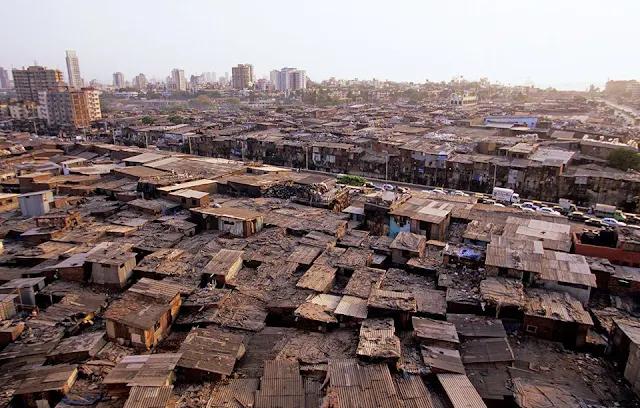

.jpg)



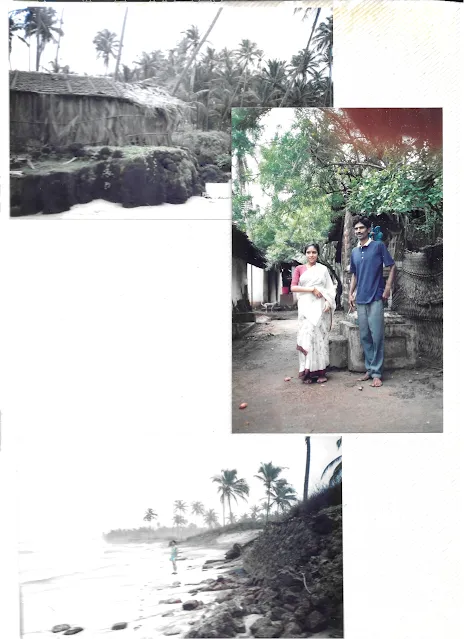










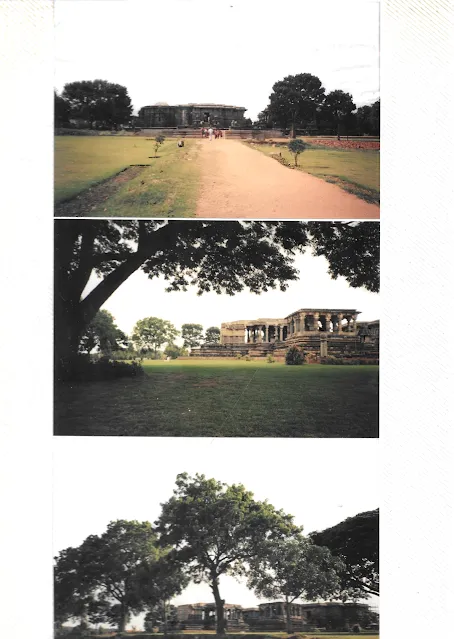






.jpg)



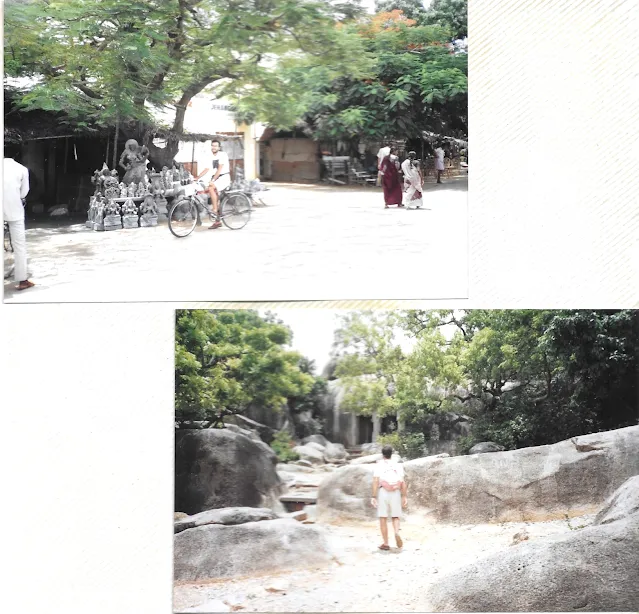








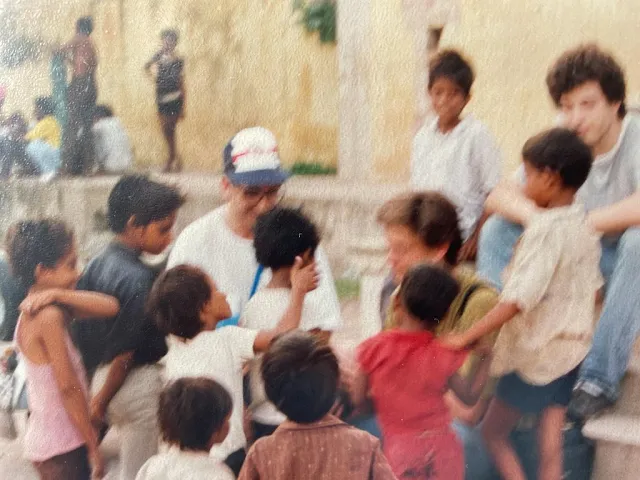










.PNG)





Comentários
Enviar um comentário